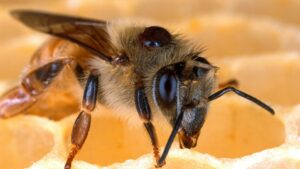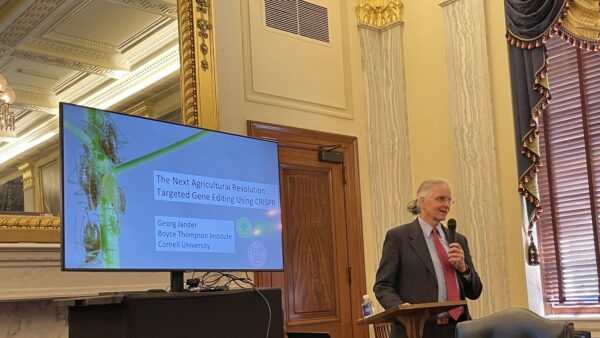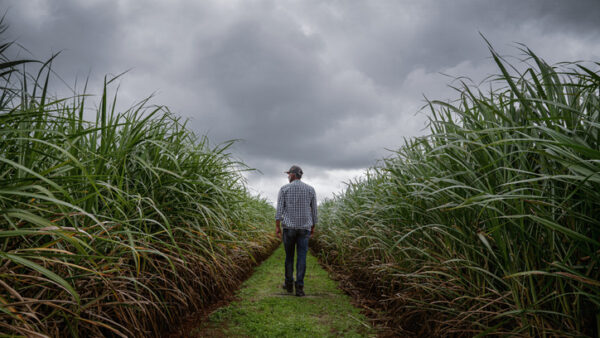A computer model, called BEEHAVE, developed to help gain a better understanding of the causes of bee declines, is now being recommend to industry users to assess threats to bees.
The model has been developed by Professor Juliet Osborne and colleagues at the University of Exeter. Agriculture companies, Syngenta and Bayer are both using BEEHAVE to assess how their pesticides affect bee colonies, and are promoting it to the worldwide agrochemical industry.
Understanding pollinator declines is extremely important but carrying out experiments on pollinators, including bees, is very difficult, as so many factors affect them. Laboratory-based experiments cannot accurately replicate the situation in the real world, while experiments in the field are influenced by many factors that make it hard to interpret the results.
BEEHAVE and BumbleBEEHAVE allow scientists to study threats to bees in a virtual world based on everything that is currently known about bee biology, and to hone their experiments on real bees. Researchers enter into the model information about available sources of pollen, presence of pesticides, and any diseases affecting a bee colony, and BEEHAVE predicts the eventual colony size, whether it will survive the winter, and the amount of honey it will produce. BumbleBEEHAVE produces similar results regarding the fate of multiple colonies of different species of bumblebee.
“BEEHAVE will help us improve our understanding of how bee colonies respond to different environmental stressors,” said Dr Pernille Thorbek, Ecological Modeller at Syngenta. “It will be a valuable additional tool for pesticide risk assessment, for example for different crops and different regions.”
The European Food Safety Authority (EFSA) are using this model as the basis for creating a regulatory model, which they will recommend industry and other users employ when assessing threats to bees, for example from pesticides.
BEEHAVE was developed using a BBSRC Industrial Partnership Award, part-funded by Syngenta. A further BBSRC grant, awarded jointly to Osborne and scientists at the University of Sussex, allowed the researchers to create
BumbleBEEHAVE: an equivalent model predicting effects on bumblebees.
“I am delighted that once again BBSRC has been able to support ground breaking research that in this case will help develop a better understanding of the causes of bee declines,” said Karen Lewis, Executive Director, Innovation at BBSRC. “The fact that agriculture companies are already using the BEEHAVE computer model is a great credit to the researchers and the hard work that enabled this technology to be developed for everyone to benefit from.”
“These are complicated models that required at least three years of dedicated work to put together, with fieldwork going on at the same time to validate them,” said Osborne,
BEEHAVE is freely available and user friendly, allowing a range of stakeholders to benefit from it, including beekeepers and farmers as well as scientists.
“We were really keen to make it openly available and as easy for people to access as possible,” said Osborne. “We designed it with a user-friendly interface, so you don’t need any modelling experience to run the model and you can see very clearly what’s going on as you run it.”
Source: BBSRC













